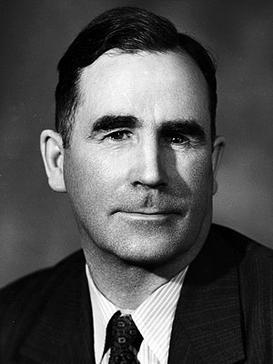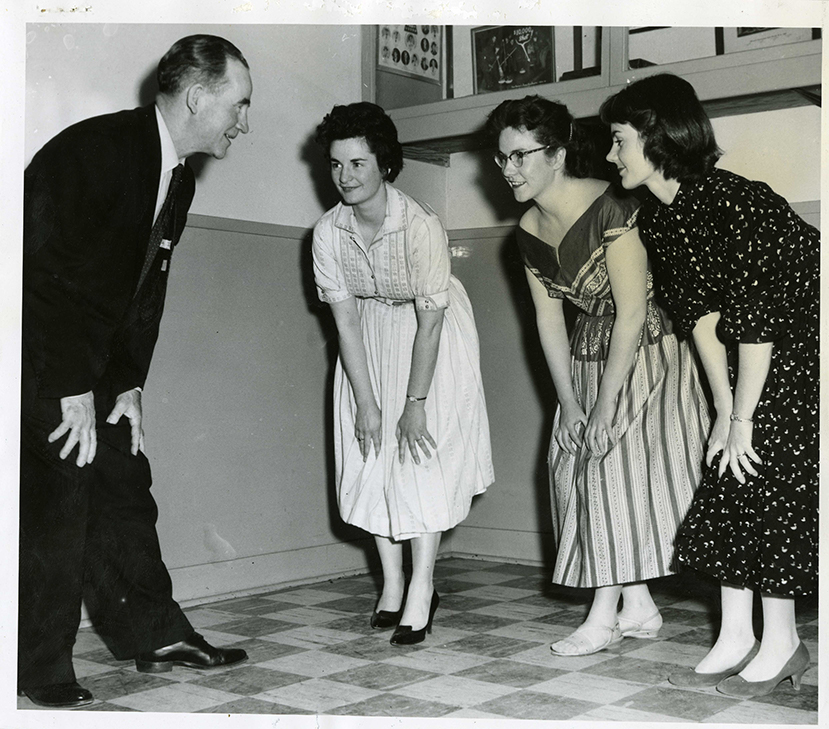By Fred Morris

Doug Campbell.
Douglas Lloyd Campbell. Doug was born 125 years ago in High Bluff, Man. on May 27, 1895.
He lost the sight of one eye in an accident at the age of three. This accident may have contributed to the development of his incredible memory. Doug farmed on his family’s Flee Island farm and married Gladys Crampton, a schoolteacher. They raised seven children.
In 1886, Lakeside became a Manitoba Electoral district north west of Winnipeg. Between 1886 and 1922, six different people represented the riding. In 1922, Charles McPherson the incumbent, decided to run in the neighbouring riding of Portage La Prairie. Doug Campbell contested the riding under the Progressive banner and defeated Conservative Herbert Muir by 490 votes.
In 1922, Doug was elected to the Manitoba Legislature as the MLA for Lakeside
Campbell would retain the seat for the next 47 years, a Commonwealth record. He won nine elections and was acclaimed in another three elections, although his party banner changed three times. He served as a Progressive (1922–1932); Liberal-Progressive (1932–1961) and as a Liberal (1961–1969). Although easily relating to rural voters, Campbell’s never reached the 60 per cent threshold.
Campbell participated in almost every possible political role. He was a back bencher for the first 14 years. In 1936, he began 12 years as agriculture minister. The only other two Lakeside MLA’s in the past 98 years, Progressive Conservatives Harry Enns and the current incumbent Ralph Eichler, have also served as agriculture ministers.
In 1944, Campbell added the ministry of the Manitoba Power Commission. In this portfolio, Campbell brought electricity to thousands of Manitoba farms. In November 1948, Campbell succeeded Stuart Garson as premier of Manitoba.
During the Campbell years, major improvements were made to Manitoba highways including 10, 75, and the Trans Canada. The construction of Winnipeg’s Perimeter Highway began under the watch of the Campbell government. In 1957, the Campbell government dedicated funds for Manitoba’s first dental college, which opened shortly after the 1958 defeat of the government. Campbell always tried to balance these needed projects with fiscal responsibility.
During his last years as premier, Manitoba became the first province to create an Independent Electoral Boundaries Commission. The confusing multi member ridings in Winnipeg and St. Boniface were eliminated. The province was divided into 57 first-past-the-post constituencies.

The old premier with some of his daughters.
Campbell was premier during the 1950 flood. Always a fiscal conservative, Campbell did not build costly flood prevention infrastructure. This hesitation was a major factor in the 1958 defeat of his government.
After the defeat of his government, Doug Campbell served as Opposition Leader for three years. During his last eight years, he was the respected dean of the Legislature. In 1969, he stepped aside to create an opportunity for Bobby Bend, his former Health and Public Welfare minister and the newly elected Liberal leader. Bend lost by 342 votes to PC Harry Enns.
After his retirement, Campbell served on various boards including Manitoba Hydro and the Paraplegic Society of Manitoba. In the late 1980s, he joined Preston Manning’s Reform Party. Doug Campbell age 99 died on April 23, 1995.
A Portage La Prairie personal care home is named after Campbell. The home’s memorial garden is named after his wife, Gladys
Manitoba is turning 150. Doug Campbell was a valuable public figure for half of those years.
Fred Morris describes himself as a political activist and sometime political candidate.

